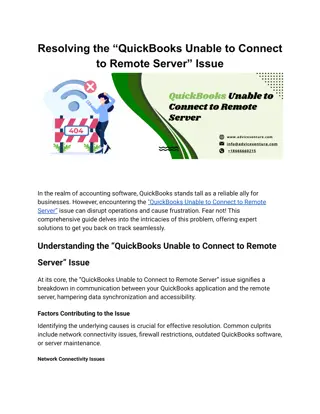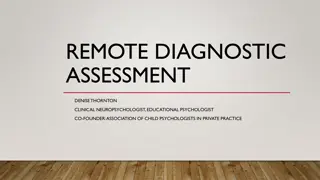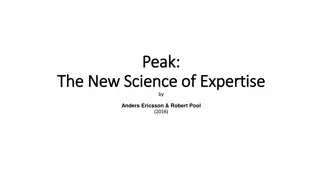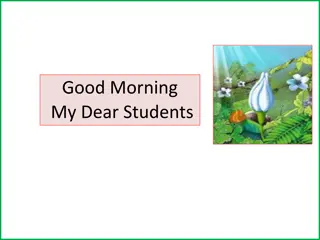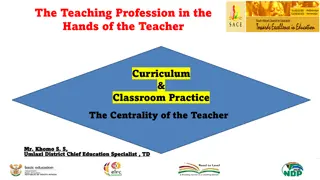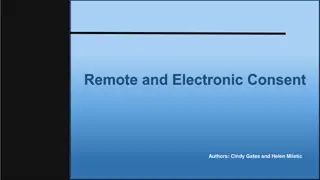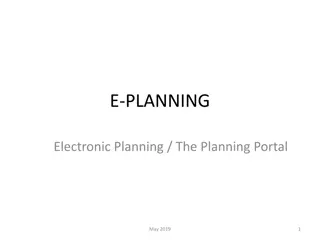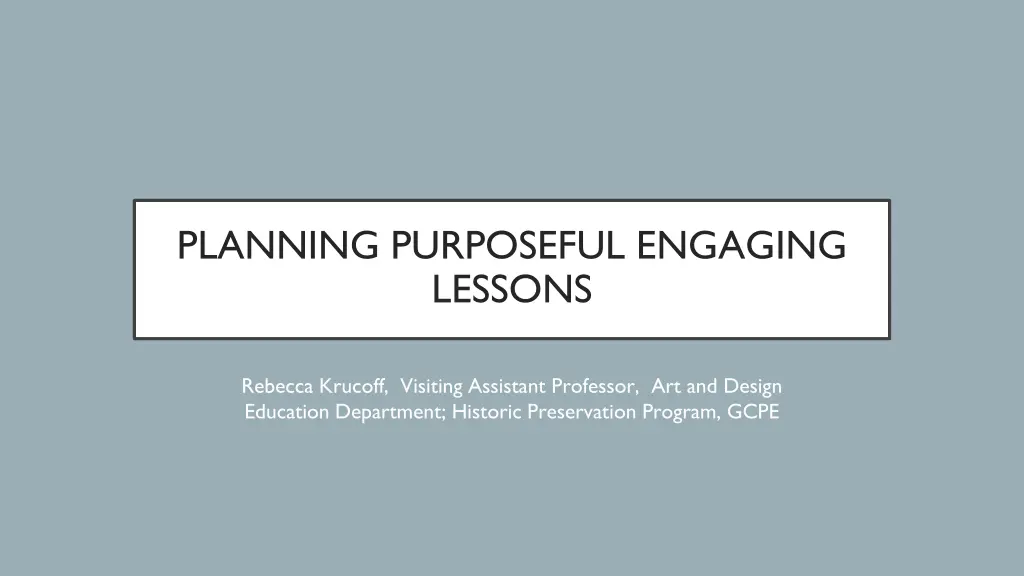
Engaging Lesson Planning Strategies
Learn how to plan purposeful and engaging lessons with clear goals and activities to actively engage students, following the backwards design model. Discover the importance of lesson plans in setting goals and organizing class time effectively.
Download Presentation

Please find below an Image/Link to download the presentation.
The content on the website is provided AS IS for your information and personal use only. It may not be sold, licensed, or shared on other websites without obtaining consent from the author. If you encounter any issues during the download, it is possible that the publisher has removed the file from their server.
You are allowed to download the files provided on this website for personal or commercial use, subject to the condition that they are used lawfully. All files are the property of their respective owners.
The content on the website is provided AS IS for your information and personal use only. It may not be sold, licensed, or shared on other websites without obtaining consent from the author.
E N D
Presentation Transcript
PLANNING PURPOSEFUL ENGAGING LESSONS Rebecca Krucoff, Visiting Assistant Professor, Art and Design Education Department; Historic Preservation Program, GCPE
AGENDA 1. Overview Welcome, Rationale Big Understandings for this workshop 2. Warm-up: Think and Share various learning strategies 3. Mini-Lesson: Planning with Purpose for Significant Student Learning 4. Practice and Application: Creating lesson goals and objectives Group work: Workshopping and Feedback Whole group share 5. Fleshing out your instruction: Classroom activities 6. Reflections, Questions, and Next Steps
BIG UNDERSTANDINGS 1. Students retain learning best when lessons are purposefully planned and actively engage them in trying, doing, and thinking. 1. Planning purposeful lessons begins with articulating clear, meaningful goals, and specific, measurable outcomes first, followed by lesson activities that meet those outcomes. 1. This type of planning is called backwards planning. It starts with the end in mind, or where we want to students to be at the end of the lesson, first. 1. Lessons plans have a structure to them. The Workshop Model is one method for structuring engaging lessons.
WARM-UP Think back on a learning experience that was highly engaging. It can be any learning experience! What types of activities did you do in that learning experience that made it engaging for you?
WHAT IS THE PURPOSE OF A LESSON PLAN? A lesson plan helps you to set a goal for your lesson aligned with your syllabus goals. This means that you are actually teaching what you say you are going to teach! A lesson plan helps you to organize the time in class so it is meaningful and engaging for students
WHAT MAKES A PURPOSEFUL, MEANINGFUL LEARNING EXPERIENCE? L. Dee Fink, Creating Significant Learning Experiences, 2003
BACKWARDS DESIGN GRANT WIGGINS (1998) COINED THE PHRASE BACKWARDS DESIGN BACKWARDS DESIGN TRADITIONAL MODEL LEARNING GOALS FIRST LESSON TOPICS LEARNING LEARNING ACTIVITIES OBJECTIVES/OUTCOMES FOLLOW ASSESSMENT? LEARNING ACTIVITIES LAST
BASIC LESSON PLAN STRUCTURE WORKSHOP MODEL Goals: Outcomes/Objectives: Time: Materials: AGENDA 1. Welcome 2. Warm-up: Engages students right away in connection with the lesson 3. Mini-Lesson: Frames the lesson and provides direct instruction 4. Active Engagement: Students practice what was taught 5. Share/Workshop/Debrief: Could be peer discussion, critique, presentation, etc. 6. Wrap-up, next steps
LEARNING GOALS FIRST Start by asking: What do students really need to know and what will have value, after the lesson or course is over? These become your learning goals
EXAMPLE LESSON GOALS: ARTIST S BOOKS What do students really need to know and what will have value, after the lesson is over? Example Library Lesson Goals: Artist s Books 1. To help students understand how form and material cannot be separated from artist book content. 2. To prepare students for creating their own artist s books. From Using learning outcomes to create activities for Artist s books instruction
OUTCOMES FOLLOW Move backwards to the end of your lesson and ask: What would the students have to do or accomplish to convince me that that they had achieved the learning goals? Working out the answer to this question clarifies the meaning of your learning goals and becomes the basis for your outcomes.
WRITING SUCCESSFUL OUTCOMES THAT ARE OBSERVABLE AND MEASURABLE Library Lesson Goals: Artist s Books 1. To help students understand how form and material cannot be separated from artist book content. 2. To prepare students for creating their own artist s books. Example Outcomes OLD VERSION Students will see that materials are important to artists books. (vague, outcome is not measurable. How do we know students will see this?) REVISED VERSION: 1. Students will compare various materials used in artist s books 2. Students will reflect on the various physical properties and purposes of the materials in communicating ideas of artist s books 3. Students will discuss ways to use materials to communicate in the artist s books they create. From Using learning outcomes to create activities for Artist s books instruction
LETS PRACTICE! CHOOSE A LESSON FROM YOUR SYLLABUS What are you interested to work on today?
INDEPENDENT WORK BRAINSTORMING GOALS AND OUTCOMES Brainstorm 2-3 goals for your lesson. Ask yourself: What do the students really need to know, and what will have value once this lesson is over? When you have drafted a few goals, brainstorm 2-3, specific, and measurable outcomes for your lesson. Ask yourself: What would the students have to do or accomplish in class to convince me that that they had achieved the learning goals for the lesson?
LESSON GOALS AND OUTCOMES SHARE BREAKOUT ROOMS Talk through your goals and outcomes with your group members 1. Explain why you chose these goals for your lesson. How do they tie into your syllabus? Explain how you think the objectives or outcomes will help students to meet these goals. 1. As a group, help each other identify if the goals are clear, and if the objectives or outcomes will help the students to meet the goals. This is hard work! It is good to brainstorm this work together.
LEARNING ACTIVITIES FOLLOW Now considering the lesson goals and outcomes ask yourself: What would the students need to do, during the lesson, to meet these learning outcomes? How do we ensure that the lesson activities are both engaging and purposeful? The answer to these questions becomes the basis for how you structure your lesson.
SAMPLE LESSON LEARNING ACTIVITIES: MATERIALS AND ARTIST S BOOKS Lesson Outcomes: 1. Students will compare various materials used in artist s books 2. Students will reflect on the various physical properties and purposes of the materials in communicating ideas of artist s books 3. Students will discuss ways to use materials to communicate in the artist s books they create. Example Activities: Active Engagement Piece 1. Students pull materials out of a bag with a variety of samples (engaging) 2. Students examine and jot ideas about the materials physical properties, purpose, and significance (Outcomes 1 and 2) 3. Student discuss and share in small groups (Outcomes 1 and 2 + engagement) 4. Students share in larger group (Outcomes 1 and 2 + engagement) 5. Students examine examples of artist s book that use material in interesting ways (Outcomes 1 and 2) 6. Students share their observations and reflect on how the physical properties, purpose, and significance of the materials add to the meaning of the books (Outcome 1 and 2) 7. Students reflect in writing on their own ideas for artists books and brainstorm some materials to use (Outcome 3) From Using learning outcomes to create activities for Artist s books instruction
Engaging Learning Experiences Characteristics from Jam Board Brainstorm Spontaneity (dancing!) Connection with others (empathy exercise, writing in the same room) Opportunities for Meaning-making Facilitated, purposeful questions that deepen understanding (science class) DOING through trial and error (art-making, sewing, ukelele) Touching and exploring (Rock study) Role play (mock interviews and elevator pitches) Moving (embodied experiences) In situ experiences
LESSON ACTIVITIES BRAINSTORM What would the students need to do, during the lesson, to meet these learning outcomes? How do we ensure that the lesson activities are both engaging and purposeful? CHOICE! Either independently or with a learning partner, brainstorm various activities that you believe would 1) engage students in active learning 2) Purposefully lead to students meeting the learning outcomes for your lesson
LESSON ACTIVITIES SHARE Where in the lesson plan would these activities go?
SAMPLE LESSON LEARNING ACTIVITIES: MATERIALS AND ARTIST S BOOKS Lesson Outcomes: 1. Students will compare various materials used in artist s books 2. Students will reflect on the various physical properties and purposes of the materials in communicating ideas of artist s books 3. Students will discuss ways to use materials to communicate in the artist s books they create. Example Activities: Active Engagement Piece 1. Students pull materials out of a bag with a variety of samples (engaging) 2. Students examine and jot ideas about the materials physical properties, purpose, and significance (Outcomes 1 and 2) 3. Student discuss and share in small groups (Outcomes 1 and 2 + engagement) 4. Students share in larger group (Outcomes 1 and 2 + engagement) 5. Students examine examples of artist s book that use material in interesting ways (Outcomes 1 and 2) 6. Students share their observations and reflect on how the physical properties, purpose, and significance of the materials add to the meaning of the books (Outcome 1 and 2) 7. Students reflect in writing on their own ideas for artists books and brainstorm some materials to use (Outcome 3) From Using learning outcomes to create activities for Artist s books instruction
MY LESSON Lesson Goals: Introduce the nuts and bolts of lesson planning, hitting the ground running Prepare professors to create lessons as you go, based on the goals of your syllabus Lesson Outcomes: Participants will be able to . Draft a lesson plan using the workshop model Take lesson planning tools with them for further lesson plan creation Lesson Assessment: Participants will demonstrate their learning by . Designing, sharing, and workshopping a lesson plan
THANK YOU! Rebecca Krucoff rkrucoff@pratt.edu





